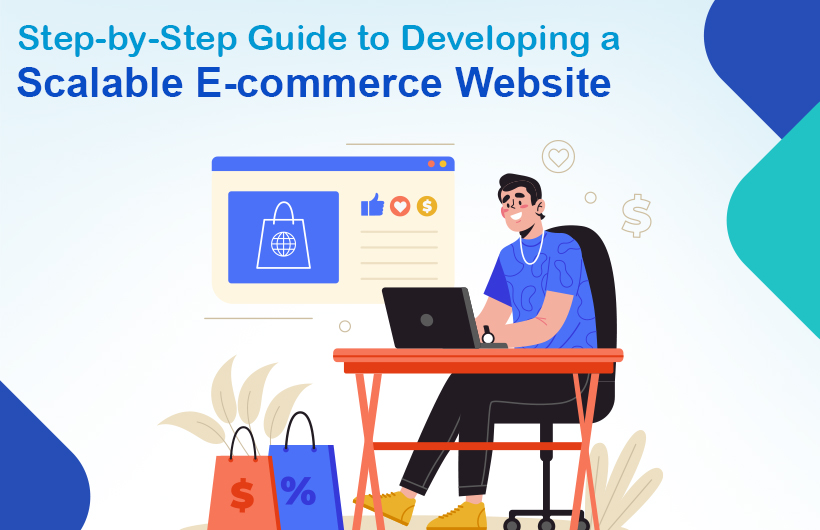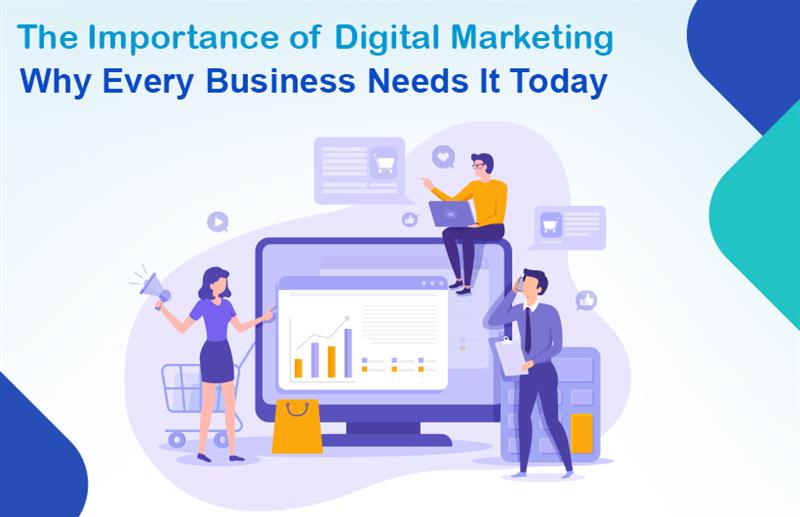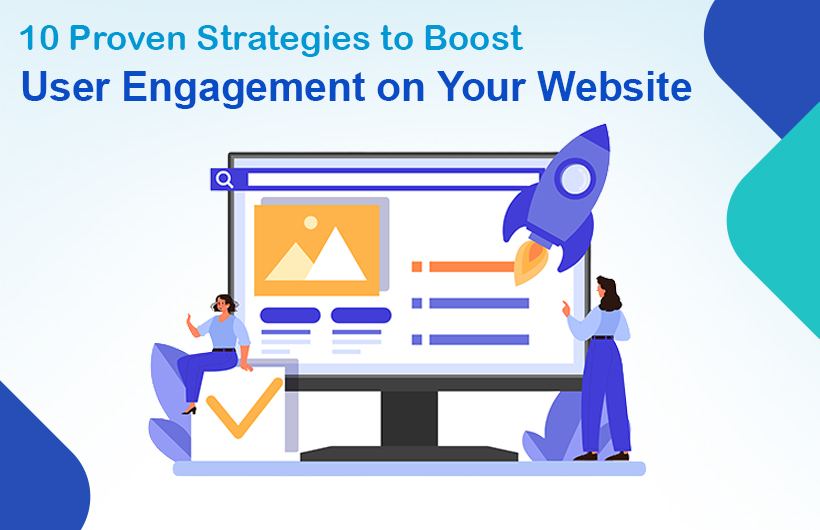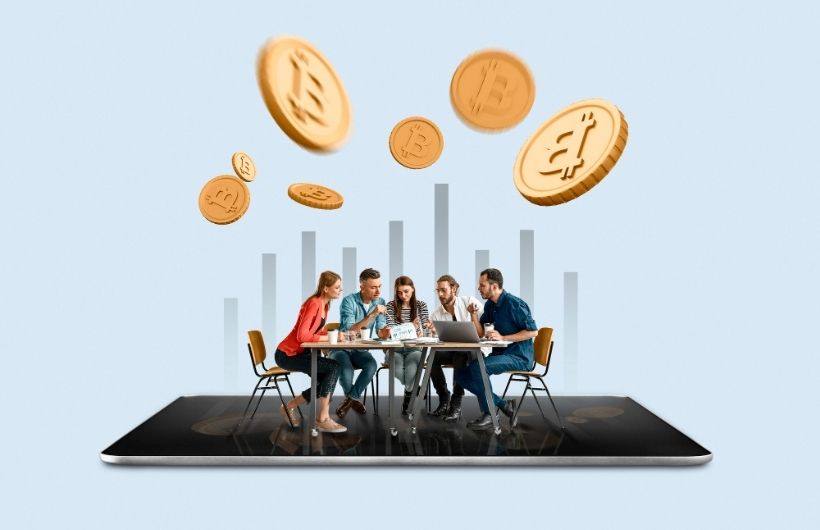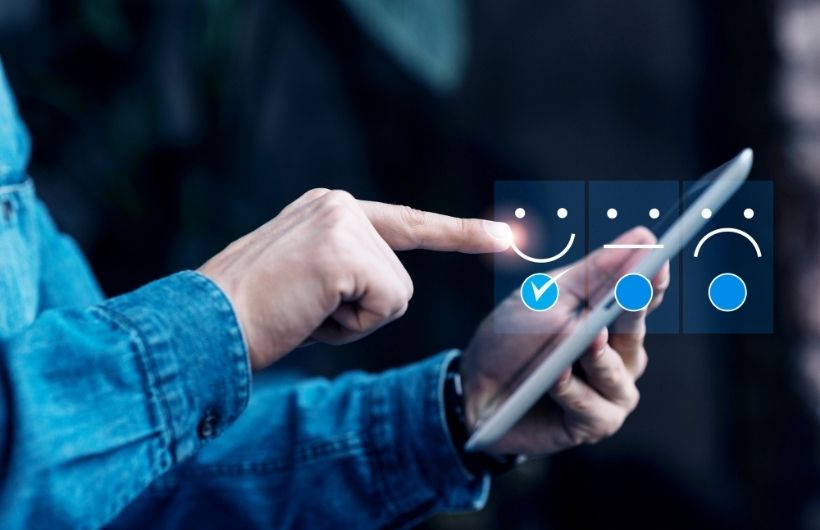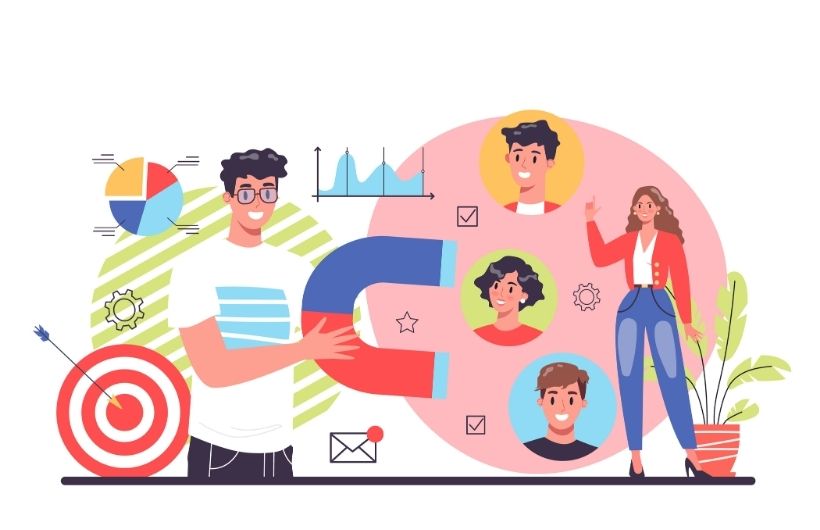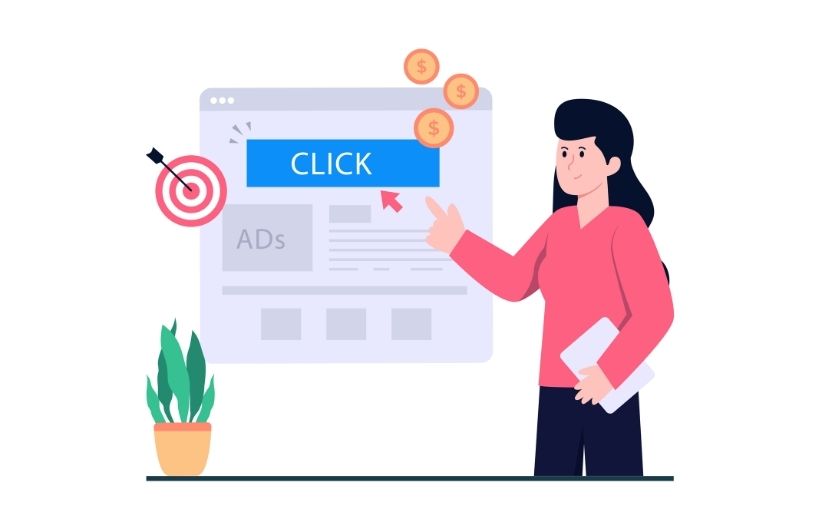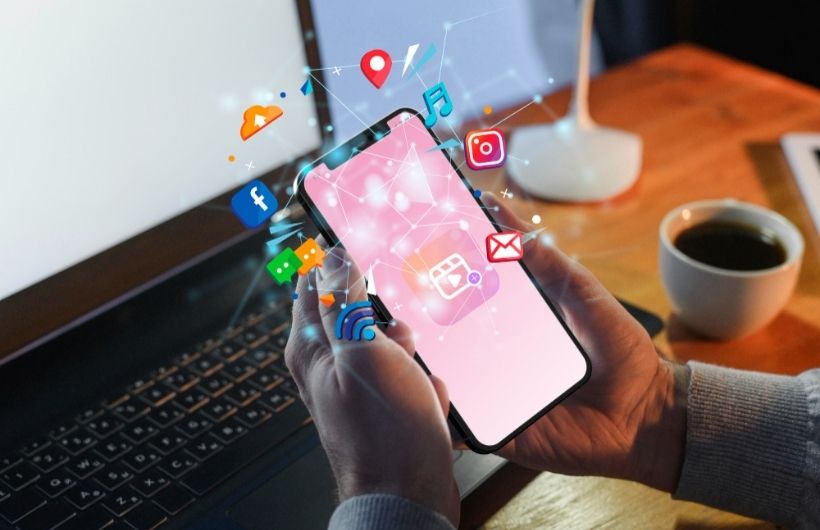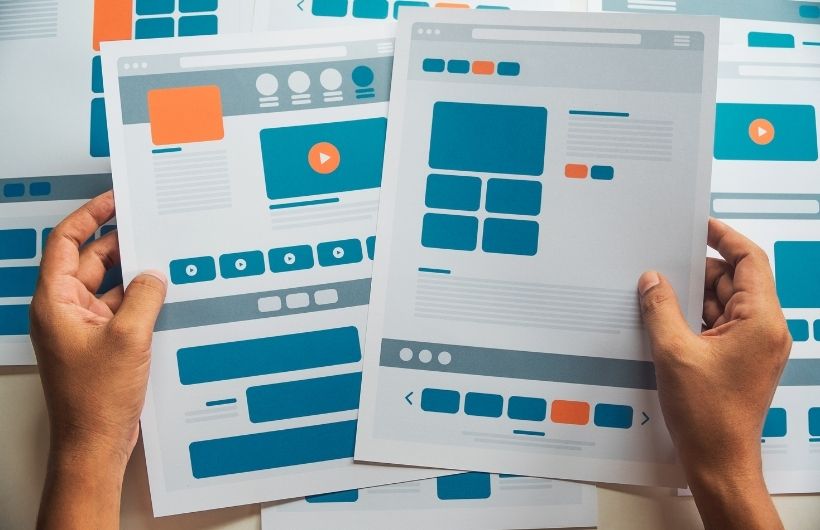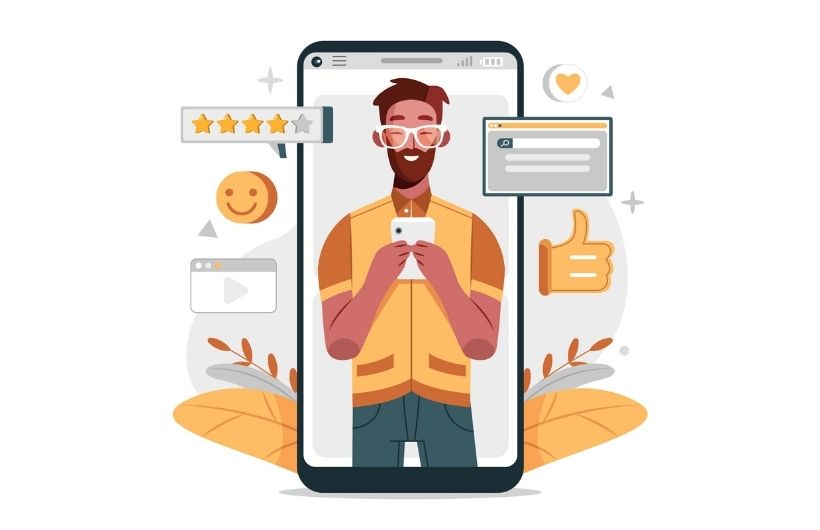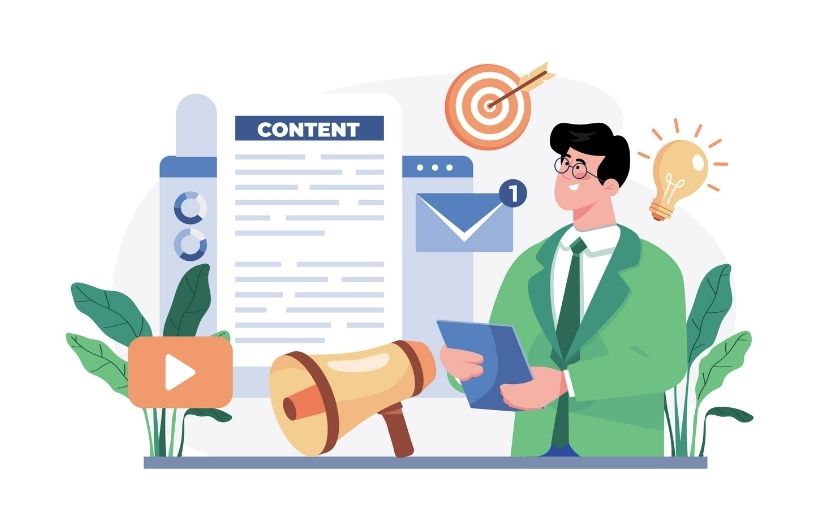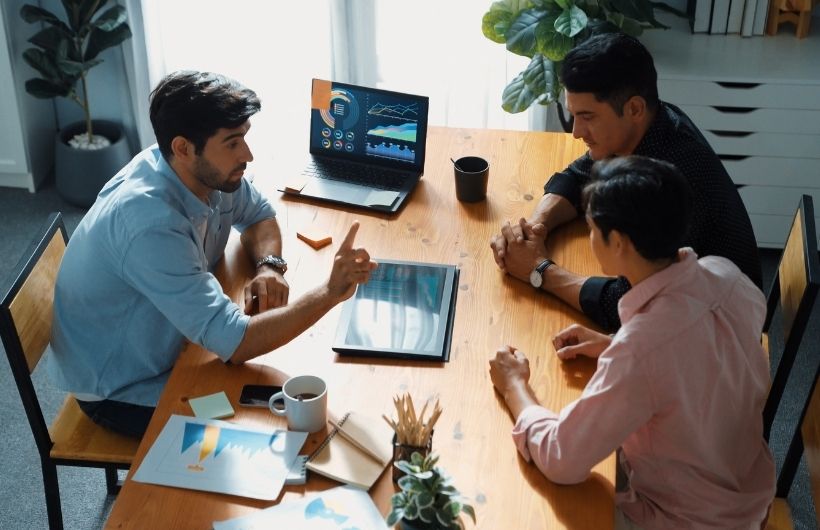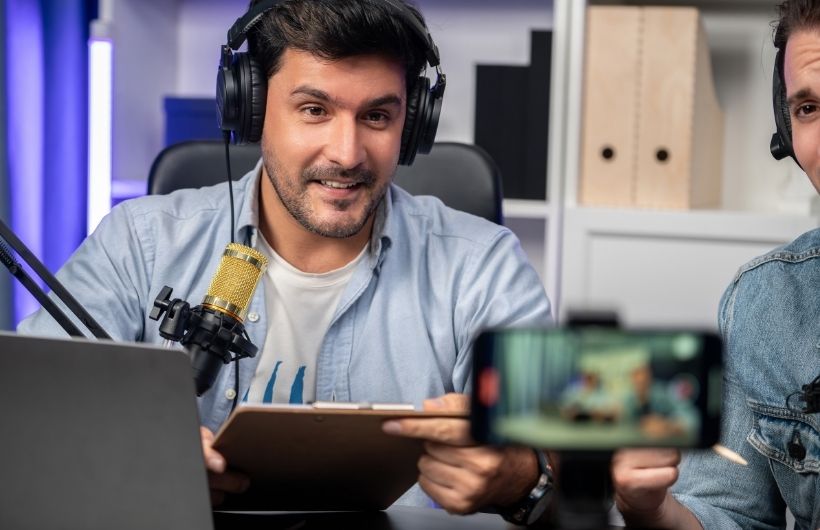In today’s digital-first world, having a scalable and user-friendly e-commerce website is essential for any business that wants to grow and compete globally. From small startups to large enterprises, online stores are no longer an option; they’re a necessity. Partnering with a professional e-commerce development service can help you create a platform that’s not only visually appealing but also scalable, secure, and easy to manage.
In this guide, Monarch Innovation, a leading e-commerce development company, walks you through every step of developing a powerful and future-ready e-commerce website.
What Makes a Scalable E-commerce Website Important?
Before diving into the development process, it’s crucial to understand why scalability matters. A scalable e-commerce website can easily handle increased traffic, product listings, and transactions without slowing down or crashing. As your business grows, your website should grow with it, supporting more users, products, and advanced features without requiring complete rebuilding.
A scalable system also ensures seamless user experience, better performance, and long-term cost efficiency. This is exactly what Monarch Innovation’s e-commerce development service focuses on: creating robust digital stores that are flexible and future-proof.
Step 1: Define Your Business Goals and Requirements
The first step in building an e-commerce website is defining your goals clearly.
- Who is your target audience?
- What products or services will you offer?
- What unique features will your online store have?
These questions help determine your website’s structure, design, and required functionalities. For example, a clothing store may need filters for size and color, while a B2B platform may need bulk order options.
At Monarch Innovation, the development process begins with an in-depth consultation to understand your business model, competitors, and long-term vision. This helps in planning a customized website that perfectly aligns with your brand goals.
Step 2: Choose the Right E-commerce Platform
Your choice of platform will greatly affect your website’s performance, scalability, and user experience. Popular e-commerce platforms include Shopify, Magento, WooCommerce, and custom-built solutions.
Here’s how to decide:
- Small to Medium Businesses: Shopify or WooCommerce (quick setup and easy customization)
- Large Enterprises: Magento or a custom-built platform (high scalability and flexibility)
Monarch Innovation provides eCommerce website development using both ready-made and custom platforms, depending on your business needs. The goal is to deliver a high-performance store with the right balance of design, speed, and scalability.
Step 3: Design a User-Friendly Interface
A great e-commerce website is not just functional, it’s visually appealing and easy to navigate. The design should guide visitors smoothly from product discovery to checkout.
Here are some essential designs:
- Clean layout with high-quality images
- Clear product categories and filters
- Mobile-friendly design
- Simple and secure checkout process
Design plays a major role in building trust. A professional and consistent design can increase user retention and conversion rates. Monarch Innovation ensures that every project follows modern design principles and incorporates user behavior analysis to maximize engagement.
Step 4: Implement Core Functionalities and Features
Every e-commerce website needs certain key features to deliver a seamless shopping experience. Some of the must-have functionalities include:
- Product Management System – Add, edit, or remove products easily
- Shopping Cart and Checkout – Smooth and secure purchase process
- Payment Gateway Integration – Support for multiple payment options
- Inventory Management – Real-time stock updates
- Customer Account and Order Tracking – Better user engagement and transparency
- Security Features – SSL certification, data encryption, and secure login
Monarch Innovation’s e-commerce development service focuses on integrating these features using the latest technologies to ensure reliability and performance.
Step 5: Optimize for Mobile and Performance
Did you know that over 70% of online purchases happen on mobile devices? That’s why mobile optimization is no longer optional. Your e-commerce website must be responsive, loading quickly across all screen sizes and devices.
Optimization tips include:
- Compressing images without losing quality
- Using a content delivery network (CDN)
- Minimizing code and scripts
- Testing performance regularly
A fast and responsive site not only improves user satisfaction but also enhances your search engine ranking.
Step 6: Focus on SEO and Content Strategy
Even the best-designed e-commerce website won’t generate sales without proper visibility. Search Engine Optimization (SEO) helps your site appear higher in search results, attracting more organic traffic.
A solid e-commerce SEO strategy should include:
- Keyword-rich product titles and descriptions
- Meta tags and image alt texts
- Fast loading speed
- Internal linking
- High-quality blogs and content marketing
Monarch Innovation also provides content strategy support during eCommerce website development, ensuring your site is fully optimized from the start.
Step 7: Test Before You Launch
Testing is a crucial step before making your website live. It ensures all features work perfectly and the site performs smoothly under different conditions.
Testing involves:
- Checking for broken links
- Testing payment gateways
- Reviewing design consistency
- Cross-browser and device testing
- Load and performance testing
This process ensures your customers have a flawless shopping experience from day one.
Step 8: Launch and Maintain Your Website
Once testing is complete, it’s time to launch your website! But development doesn’t end here. Regular updates, security patches, and feature enhancements are essential for long-term success.
Maintenance includes:
- Monitoring site performance
- Updating plugins and frameworks
- Fixing bugs and improving speed
- Adding new features as your business evolves
Monarch Innovation offers post-launch maintenance and support, ensuring your e-commerce store remains optimized and performs at its best.
How Can a Professional E-commerce Development Company Help You?
Working with a professional partner like Monarch Innovation offers multiple advantages:
- Expert guidance on choosing the right technology stack
- Custom design tailored to your audience
- Scalable architecture that grows with your business
- Ongoing support for maintenance and updates
With years of experience in delivering scalable and innovative solutions, Monarch Innovation ensures every e-commerce project is crafted for performance, security, and growth.
Final Thoughts
Developing a scalable e-commerce website requires careful planning, the right tools, and expert execution. From defining your goals and selecting the platform to designing a seamless interface and ensuring security, every step matters.
By partnering with Monarch Innovation, you can transform your online store into a powerful sales engine. Whether you’re launching a new brand or upgrading an existing one, Monarch Innovation provides an end-to-end e-commerce development service that helps you build a smart, secure, and scalable digital presence.

